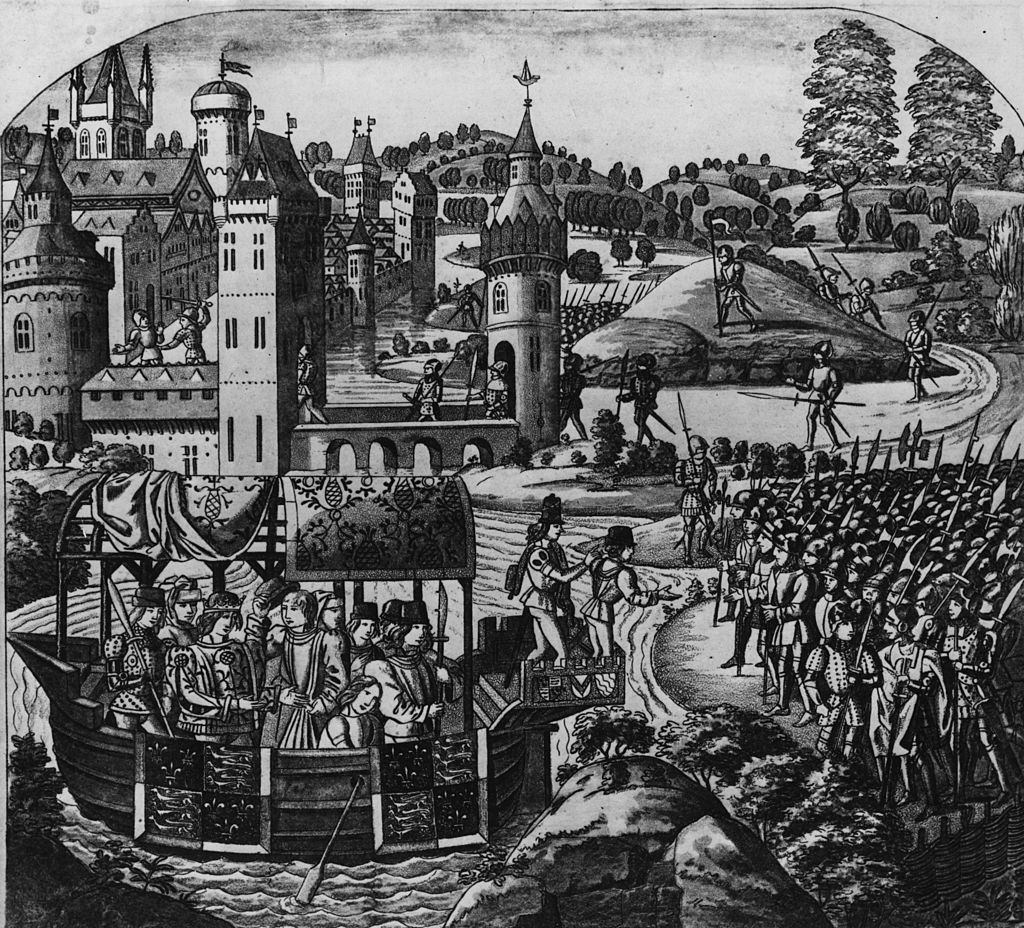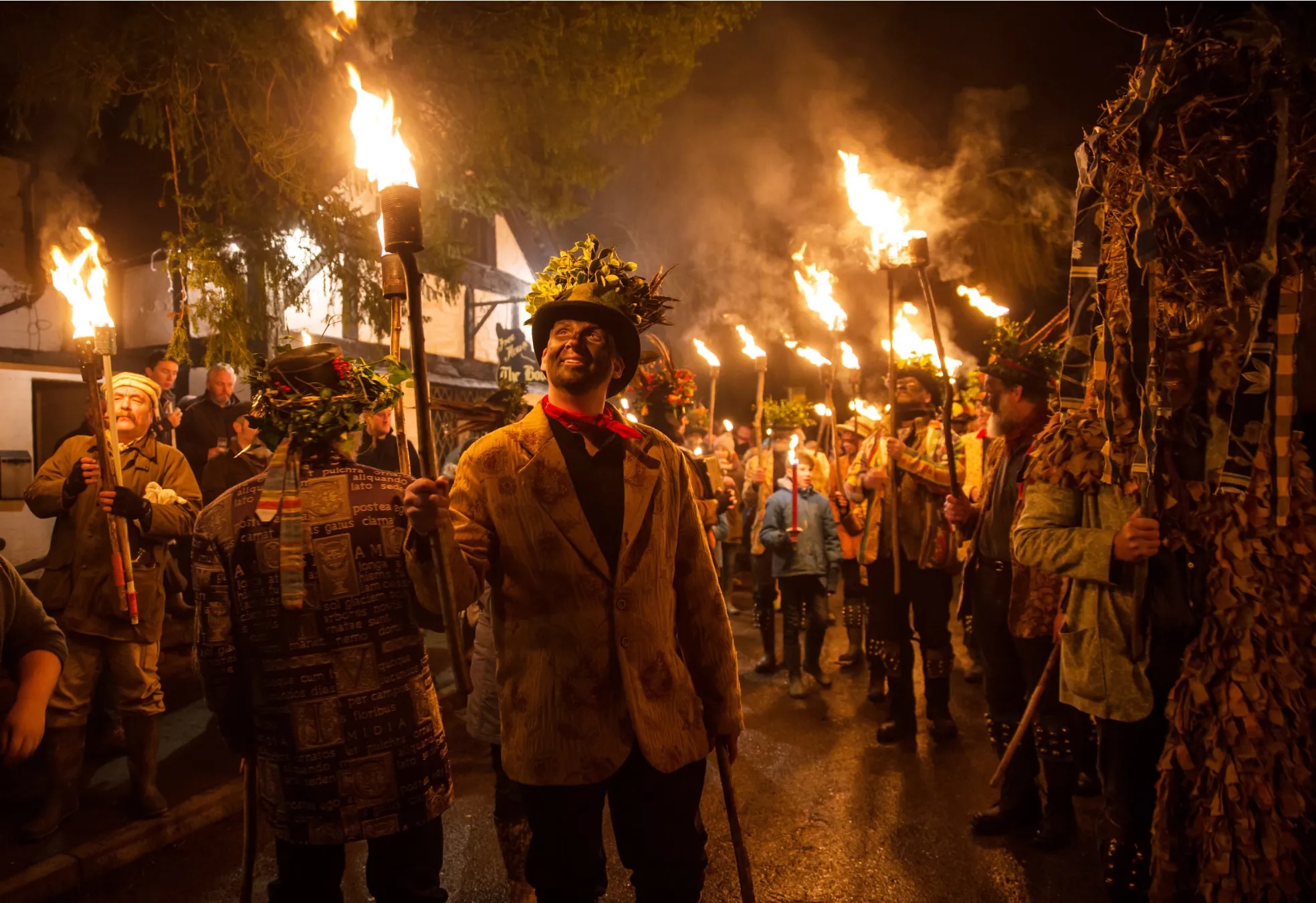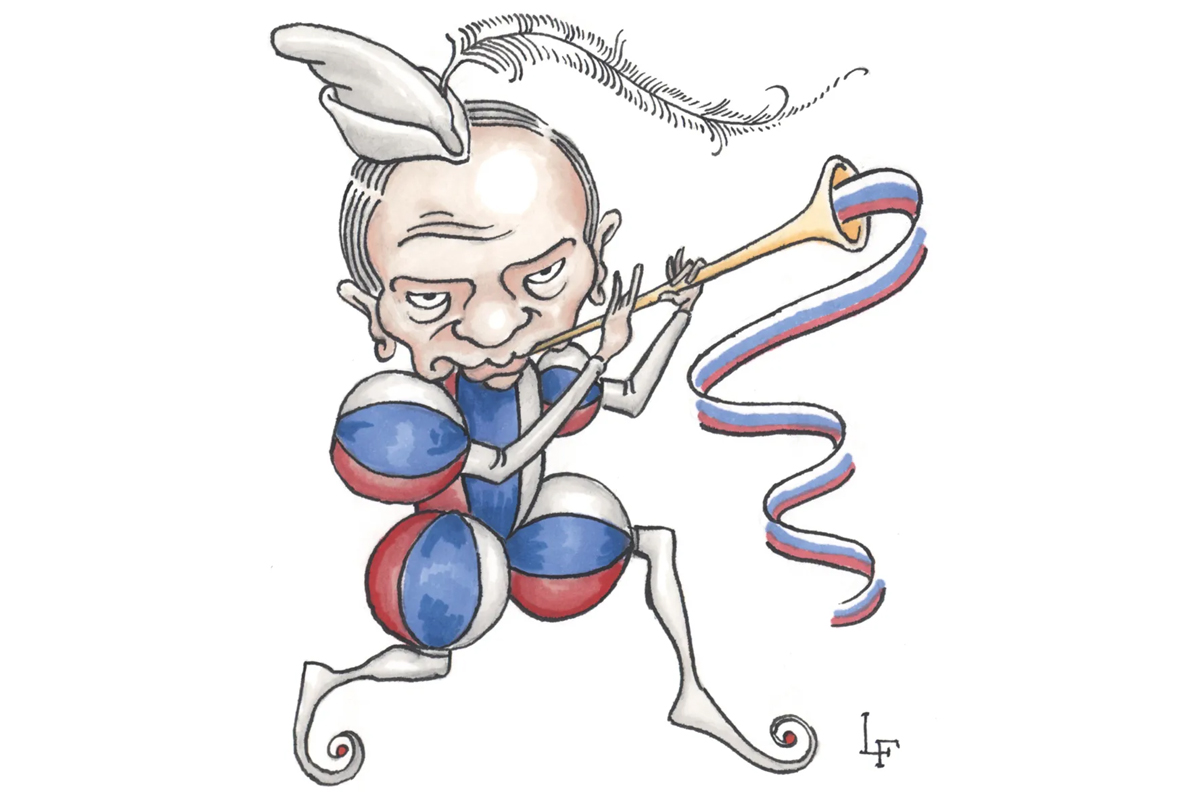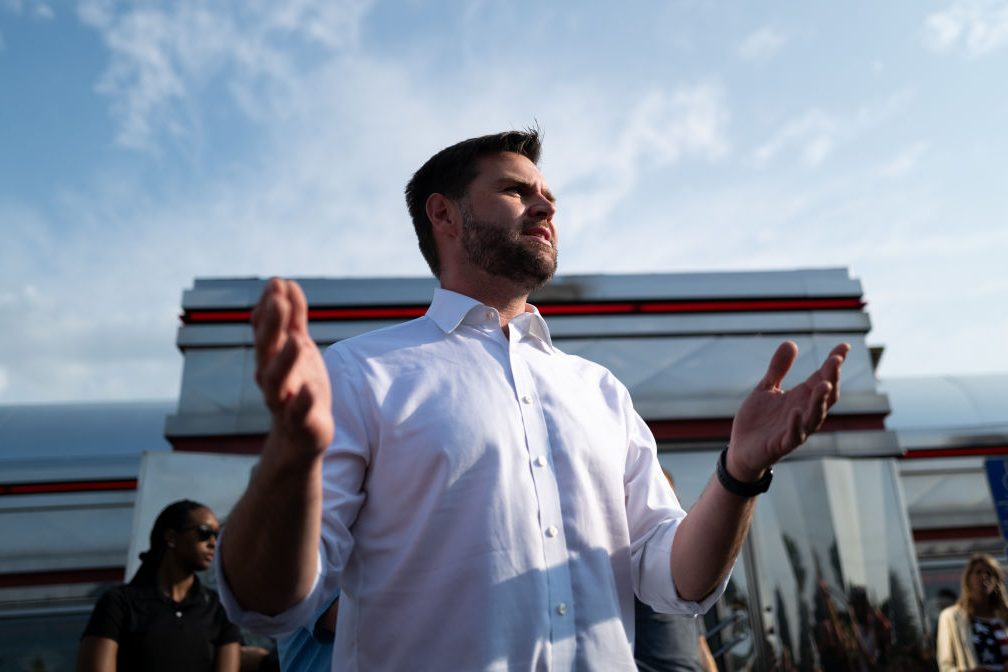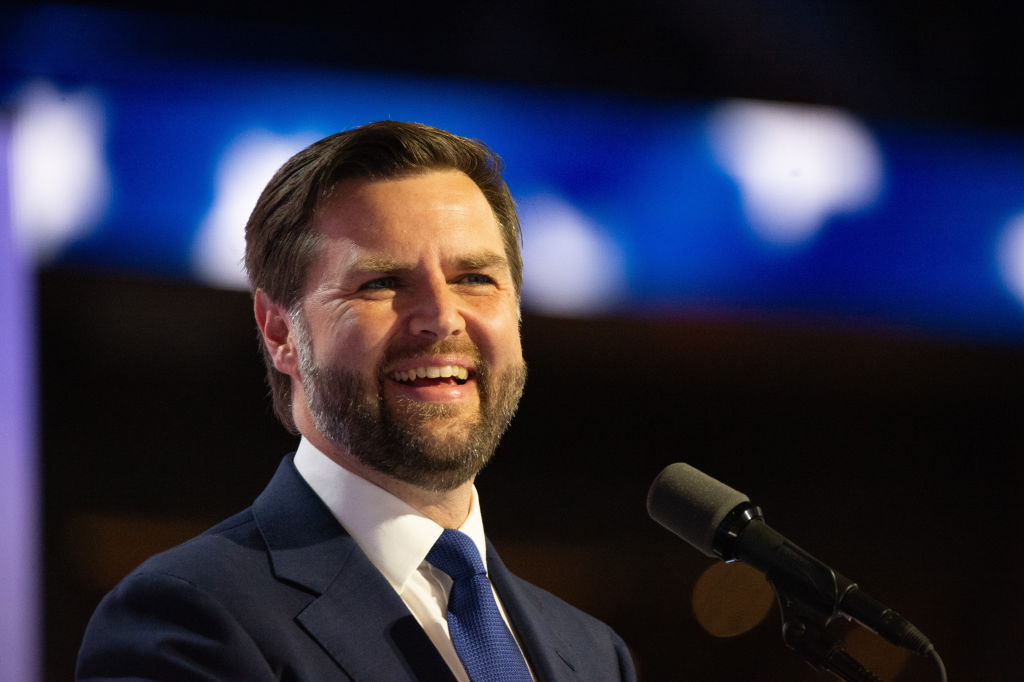There is a war afoot, here in late civilization, over the meaning and legacy of the Middle Ages. Two distinct fronts have emerged from either side of our political spectrum. On the left, in the academy, medievalism is being diversified out of existence, its defining Western characteristics relegating it to a smaller place in a global mosaic. On the right, a certain breed of new conservative is reclaiming the Middle Ages as a keystone period in which order and reason ruled, instead of the swivel-headed “scientism” of pure observation brought on by the Enlightenment.
The ground upon which this battle is joined is the traditional Anglosphere understanding of the medieval period, roughly the fifth to fifteenth centuries ad, a period most commonly thought of as the “Dark Ages.” That moniker has always been a bit of an anti-Catholic fib, meant to start the clock of meaningful modernity at the hour of the Reformation. But recent works, such as Matthew Gabriele and David M. Perry’s The Bright Ages, show that the thousand-year bridge from the Roman Empire to the Renaissance is packed full of advances in almost every single human discipline, from building, to governing, to war, as well to learning, literature and philosophy.
So, why does the left wish to obfuscate the Middle Ages’s unique contributions, and what is it that the (mostly) Catholic wing of the New Right seeks to celebrate and regain? The thumbnail answer to the first question is that the history of the medieval period is very white and very male. This year’s Manhattan Institute Hayek Prize winner, Joseph Henrich, author of The WEIRDest People in the World: How the West Became Psychologically Peculiar and Particularly Prosperous, argued in his acceptance lecture that early medieval prohibitions on polygamy and incest created a unique civilization of monogamy and nuclear families that gave the West a distinct bent toward individualism and natural rights. That primacy of the nuclear family is very much in modern progressive crosshairs.
As Wellesley College professor Cord Whitaker told the New York Times in 2019, “it’s about asserting the racial and political innocence of the Middle Ages. For medievalists to try to protect the field from engagement with race is ultimately to try to withdraw from the world.”
Revisionist academics talk a lot about “decolonizing medievalism.” Ironically, they’re committing an act of absolute intellectual and historical colonization: the term “Middle Ages” only makes sense if it means a middle point between fourth-century Rome and sixteenth-century Florence. Other events were happening beyond Europe’s borders, of course, but aside from conflict with the nearby Muslim world, the continent’s emerging global supremacy, so resented by today’s leftists, was more or less self-contained. It is a story that many in the academy do not like, and so they change the cast of characters and pretend that the West was a global creation.
For their part, the New Right revanchists championing the age of knights and heraldry see in the ivory-tower wokesters the consequences of the wrong turn made as the Middle Ages veered into the Renaissance and ultimately the Enlightenment. Today’s post-liberal conservative sees the primacy of individual rights which emerged at that point as a key overreach. It is the moment, they argue, when the Christian world chose the individual spirit, rather than the common good, as the source of meaning.
Gladden Pappin, a post-liberal leading light, recently interviewed Italian conservative Francesco Giubilei, and the Middle Ages came up. Giubilei had this to say: “Our conservatism has two pillars. One is the Roman Empire: our conservatism was born with the idea of the mos maiorum of the Roman Empire. And in the second respect, our conservatism was born with the idea of the Catholic Church. We have these two pillars, and that means that the Middle Ages, which everyone derides, for us represents an important period.”
Mos maiorum is the unwritten code of ancient Roman life; it is tradition and a willingness to adhere to tradition. It is also effectively an attack on the concept of unbridled individual liberty, since the code is meant to curb the agency of those who would break with it.
What the war for the Middle Ages reveals about contemporary society is, to borrow a term from the art of the period, a triptych, like one of the great altarpieces. On the left a barbarian progressivism is bent on tearing down all traditional structures; on the right, high priests of tradition argue real freedom is found only in limitation. In between, on the center panel, lies an America torn, as always, between these competing tribes, and trying to accommodate both.
Perhaps the best way to consider these approaches is to allow the disputed period to explain itself. The medieval era may have involved religious oppression, but there were also the manuscript drawings of rabbits doing naughty things that we see in social media posts, there were also the raunchy writings of Geoffrey Chaucer. Gender and sex roles were strict but Joan of Arc got the Dauphin to Reims, and a litany of liberated women conducted chivalric affairs. And while there were bloody crusades, the Muslims who occupied parts of Spain for centuries weren’t exactly helpless victims.
In the end, the complexity of the medieval period, by far the longest discrete era in Western history, defies simple summation and side-taking. It was a crucible, one with strict feudal hierarchies, but also with lessons for responsive and good government. As St. Thomas Aquinas put it, “A tyrannical government is not just, because it is directed not to the common good, but to the private good of the ruler, as the Philosopher [Aristotle] says.” This is not exactly saying that government derives its power from the governed. That would come later. But it is a philosophical check on power.
Is the responsibility of the state to ensure the rights of individuals, or to promote the common good? That question, a fault line between the medieval and Enlightenment periods, is at the core of the war for the Middle Ages. But more than that, it is a contemporary political battle that we should expect to have with us for some time to come.
This article was originally published in The Spectator’s July 2022 World edition.



